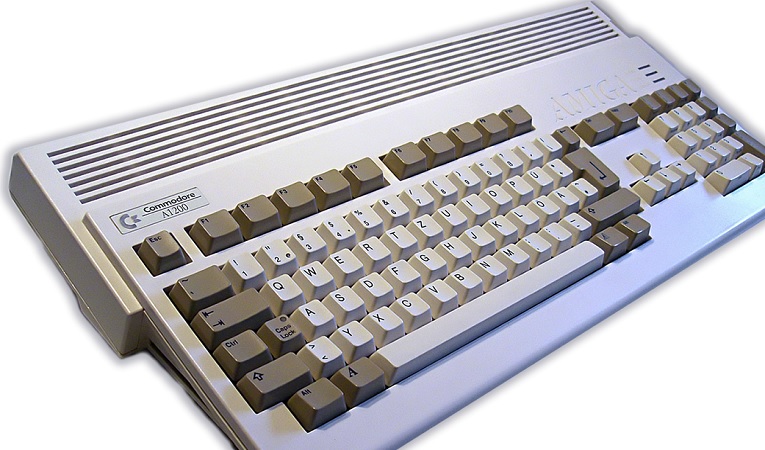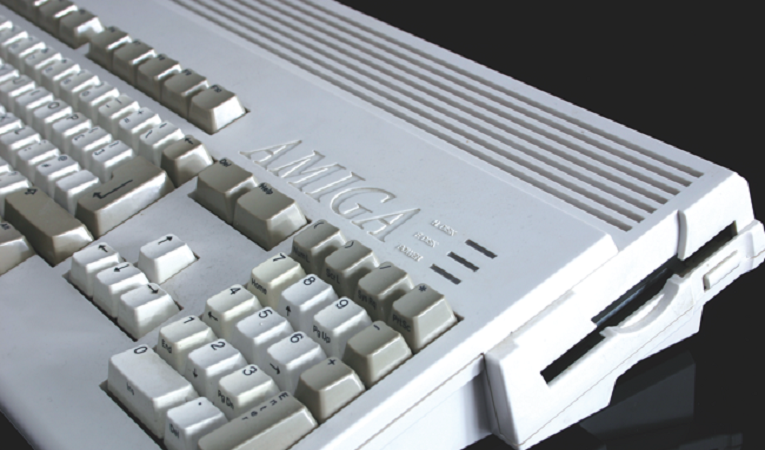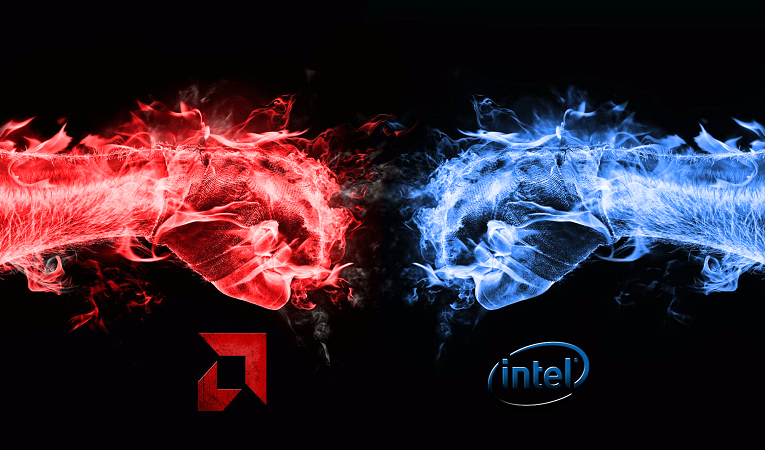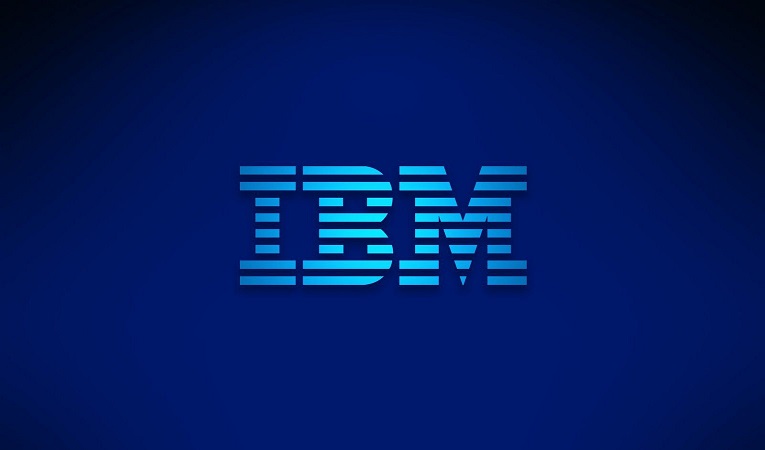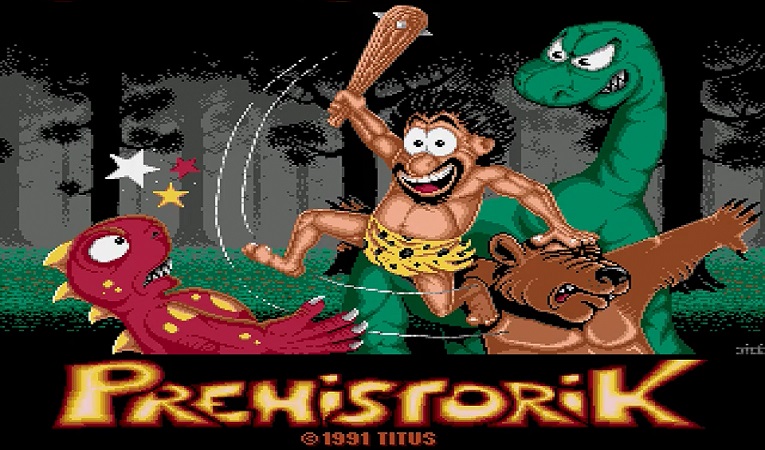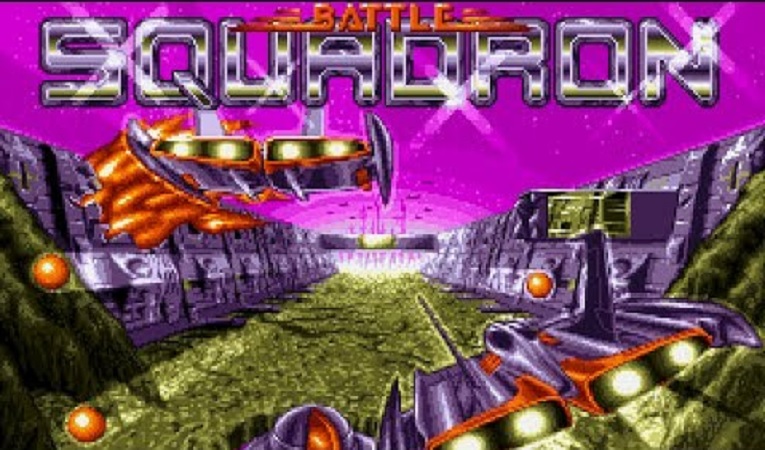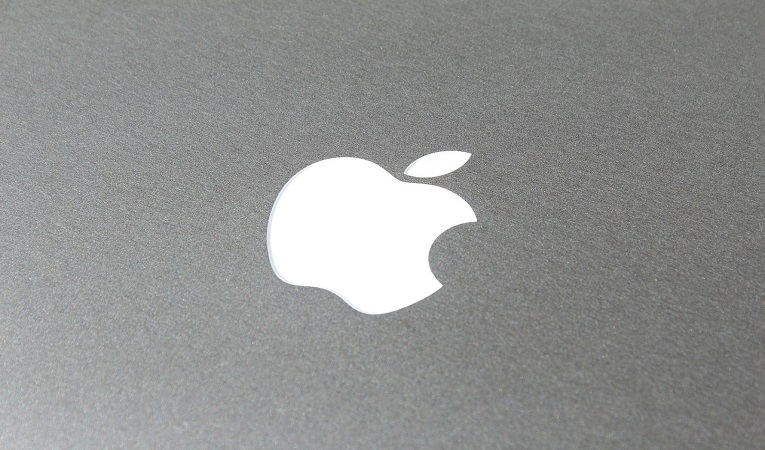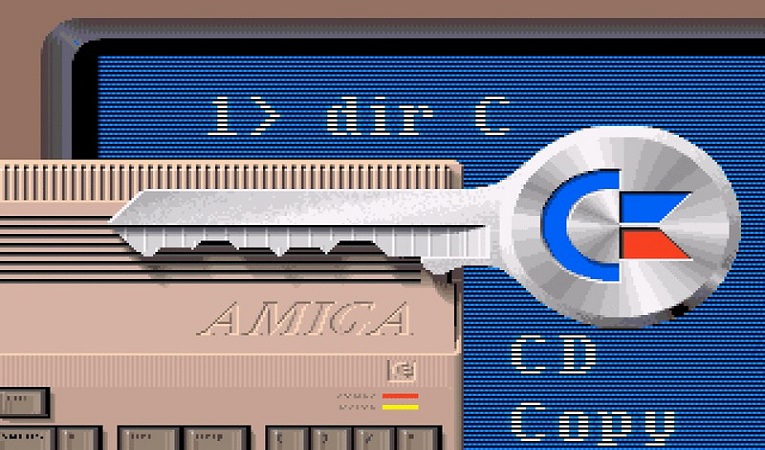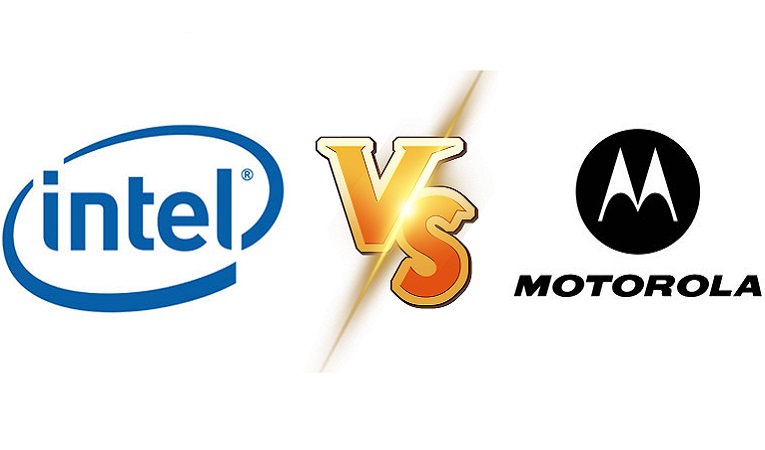
Today is all about Intel VS AMD and ARM is probably the next big thing. But late 70s and early 80s the battle for microprocessor dominance was mostly between Intel and Motorola. The Motorola 68000 is a CISC microprocessor, the first member of a successful family of microprocessors from Motorola. The entire series was often referred to as the m68k, or simply 68k. The Motorola 68000 processor was a 32-bit processor internally, with a 16-bit bus, and is generally considered a more advanced processor than the 8086/8088. It was used for the design of computers like the Apple Macintosh, Amiga and Atari and the original Sun Microsystems UNIX machines as well as the Apollo/Domain workstations. It was also used in the Sega Mega Drive, Neo Geo and several Arcade Machines as their main CPU. The 68000 was a clever compromise. When the 68000 was introduced, 16-bit buses were really the most practical size. However, the 68000 was designed with 32-bit registers and address spaces, on the assumption that hardware prices would fall.
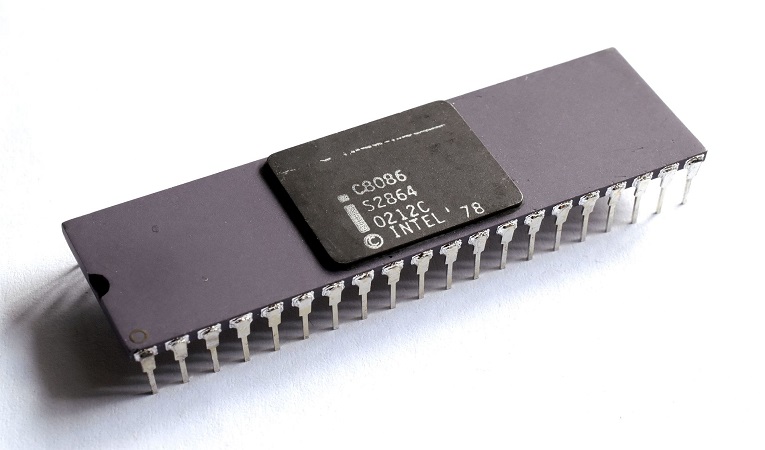
The 68000 eventually saw its greatest success as a controller. Thousands of HP, Printronix and Adobe printers used it. Its derivative microcontrollers, the CPU32 and Coldfire processors have been manufactured in the millions as automotive engine controllers. It also sees use by medical manufacturers and many printer manufacturers because of its low cost, convenience, and good stability. As of 2001, the Dragonball versions of the processor are used in the popular Palm series of PDAs from Palm Computing and Handspring’s Visor, though the architecture is being phased out in favor of the ARM processor core. Initial samples of the 68000 were released in 1979, and competed against the Intel 8086 and Intel 80286 with some success. By 1982 it was clocked at a then blisteringly-fast 8MHz, with the simplest instructions taking four clocks but the most complex ones requiring many more. However, the instructions did more than Intel processors. Motorola ceased production of the 68000 in 2000, although derivatives, notably the CPU32 family, continue in production. As of 2001, Hitachi continued to manufacture the 68000 under license.
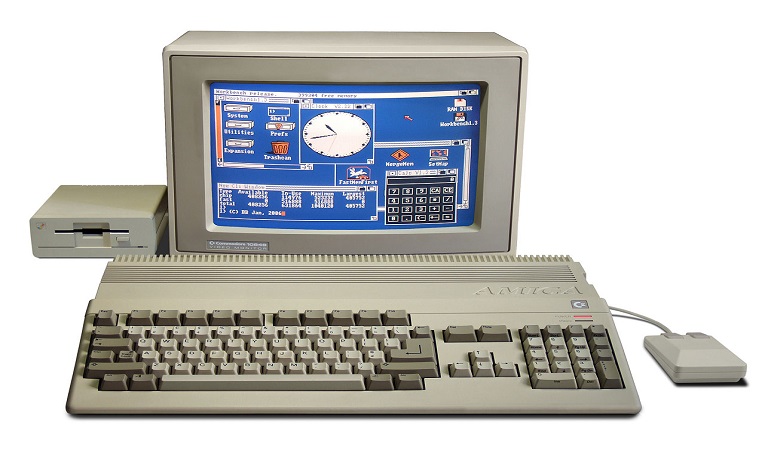
The 8086 is one of the most influential chips ever created; it started the x86 architecture that still dominates desktop and server computing today. 8086 Microprocessor is an enhanced version of 8085 Microprocessor that was designed by Intel in 1976. It is a 16-bit Microprocessor having 20 address lines and 16 data lines that provides up to 1MB storage. It consists of powerful instruction set, which provides operations like multiplication and division easily. It supports two modes of operation, i.e. Maximum mode and Minimum mode. Maximum mode is suitable for system having multiple processors and Minimum mode is suitable for system having a single processor. Both the 8086 and the 68000, contain a powerful assortment of registers, addressing modes, and instructions. Both are able to perform high-precision arithmetic, allow large address spaces, and can access their operands in many different ways. The 68000, however, has more and larger registers, and allows much greater versatility in their use. In addition, it has a privileged operating mode, which the 8086 lacks, to protect the system from disaster in complex operating environments. From the programmer’s point of view, the 68000 seems to be a more desirable chip to use than the 8086.
news source: Wikipedia, Segaretro, djmnet.org,


